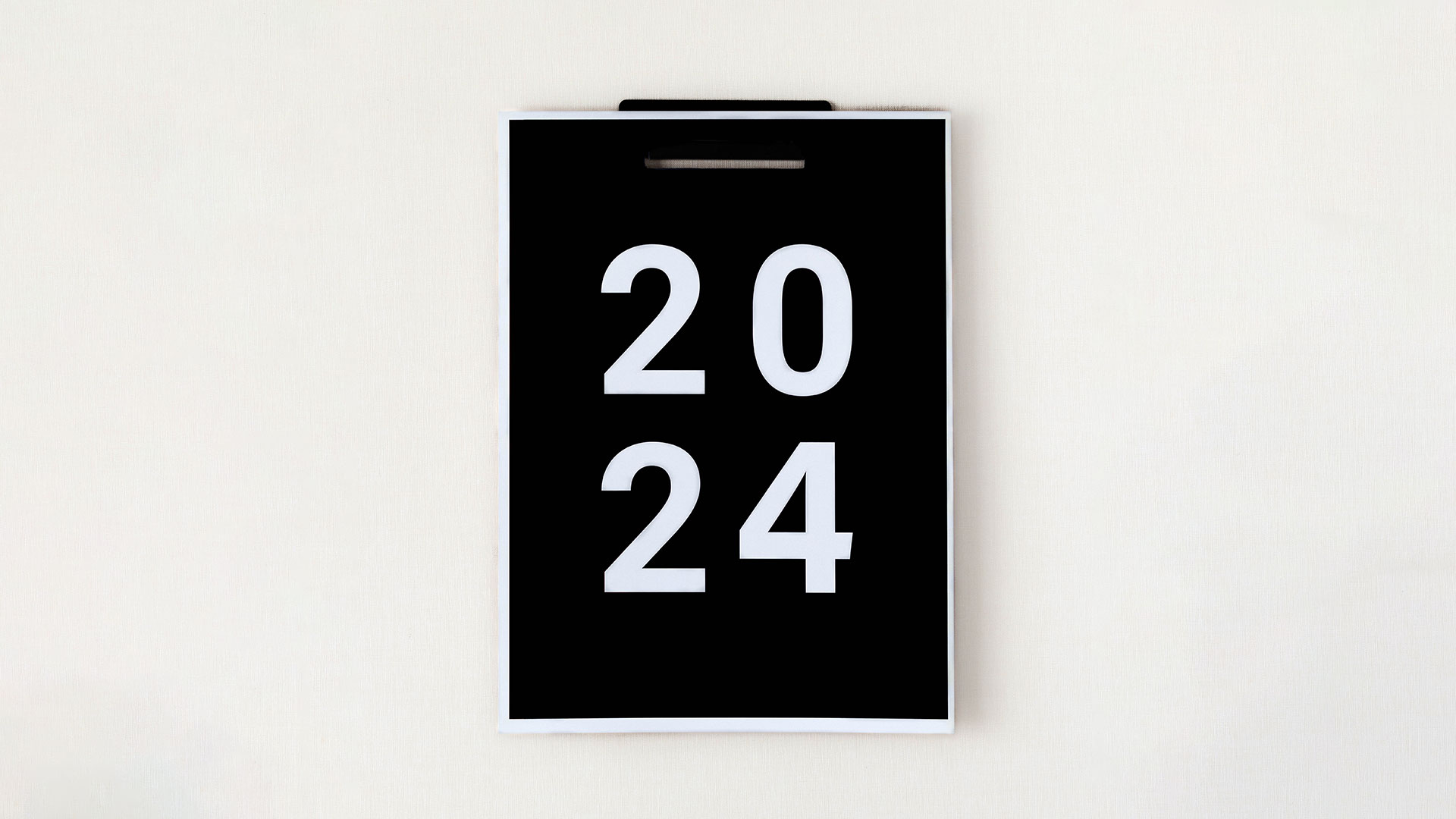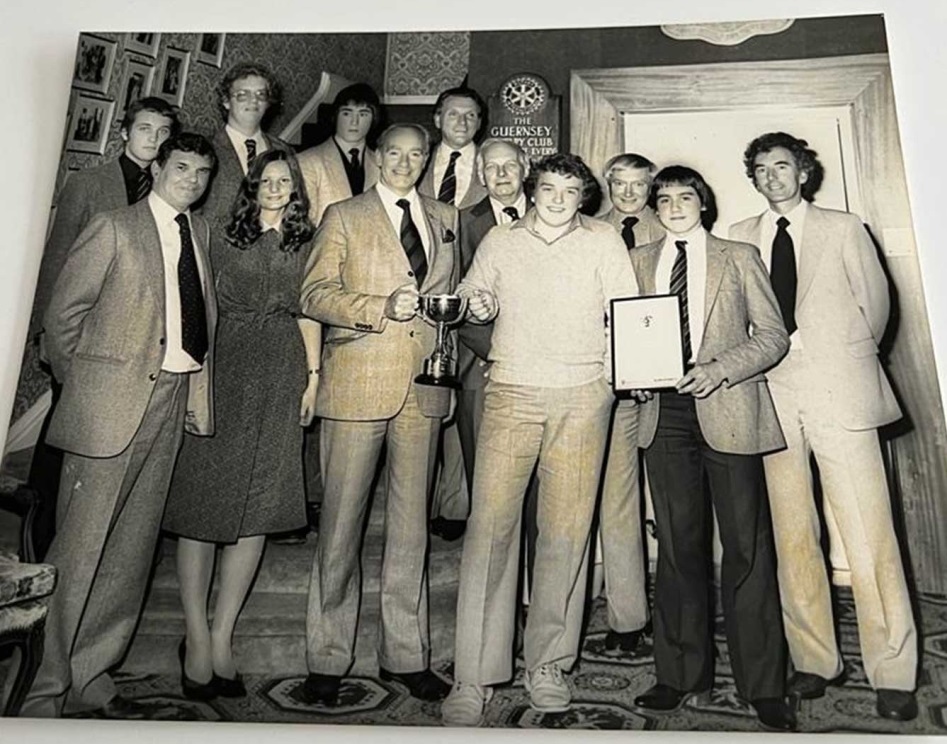A business created to make computer game graphics more beautiful stumbled into driving AI, one of the most important technologies of the 21st century. Rathbone Greenbank Global Sustainability Fund manager David Harrison explains what all the fuss is about.
Guarding your assets
Watching the Super Bowl in the wee hours of the morning makes senior multi-asset investment specialist Craig Brown misty eyed for his days playing guard somewhere deep in Essex and the past. It’s also a good reminder that not all gridiron players – or investments – are built for the same jobs.

As is my tradition, I stayed up late the Sunday before last to watch the Super Bowl. For some weird reason, the cryptocurrency adverts that were literally sprayed all over the stands in 2022 were missing this year. Wonder what could have happened…
The good news is that there were fewer distractions from the football! And what a game it was (albeit, my beloved New England Patriots were absent yet again). The Kansas City Chiefs came from behind in the second half to beat the Philadelphia Eagles 38-35. Chiefs quarterback Patrick Mahomes threw three touchdown passes to clinch the game, yet he almost didn’t make it back on the pitch for the second half after an tackle made his ankle injury flare up. Luckily for the Chiefs, Mahomes was able to shake it off and his offensive line protected him admirably for the rest of the game, allowing him to work his magic.
I’m sure that even if you’ve never watched a minute of the NFL you will know what a quarterback is from watching American TV shows and movies over the years. However, I would hazard a guess that fewer people are likely to have heard of the offensive line. No, this isn’t the same ‘offensive line’ as in association football: that first line of the crowd making rather rude gestures towards the players and referees. In the NFL, it’s a group of very large gentlemen tasked with protecting their quarterback at all costs.
Some of these gents don’t really look like your typical athlete and come in varying shapes in sizes. Most of them won’t be breaking any land speed records or excelling in yoga. But they are all experts in making sure – in a very brutal fashion – that the opposition don’t manage to level the quarterback before he can make that all important pass. Each of these chaps on the line offers a slightly different set of skills to form that vital protection. For example, offensive tackles (the guys at each edge of the line) tend to be taller and have long arms and quick feet to stop opposition players coming around the outside. The guards don’t tend to be as tall, but are often bulky to the extreme (think rugby forwards on steroids) because it’s their job to stop the similarly gargantuan defensive line players driving right up the middle.
These unsung heroes doing the often dirty and tough work of protecting your key asset struck a particularly poetic tone during the match. Not just because I used to be a guard back in the days when my body was up to it, but because it occurred to me that it’s similar to how we think about and use protection in our multi-asset portfolio funds.
Protecting your assets
Just like you must have an offensive line in American football, you need to have layers of protection within a well-managed multi-asset fund.
There are all different shapes and sizes of protection which all have specific traits to protect you from the financial markets’ equivalent of 320-pound, 6-foot 3-inch giants coming to squish your prize asset! When I think about how we build in those layers of protection, and of course acknowledging that there really is never a silver bullet to protect you from all ills the markets can throw at you, it has always been about building up assets which are going to protect you from different market environments.
The range of assets we can use to protect our portfolios is relatively wide. There are, of course, the traditional government bonds – painful last year, but we think they’ll become more useful from now on because of their higher yields. But we use many less-vanilla assets as well.
Put options provide us with outright equity market crash protection. You can think of these assets like insurance in that you pay an upfront premium and the value rises, often very swiftly, the more the market falls. We also use structured products, which are contracts with investment banks that pay out if certain scenarios arise or events occur. One that we own today is linked to US interest rate volatility. It makes money if US government bonds are more volatile, so it doesn’t require any particular direction to drive the returns, it just needs the price to become more erratic. This has helped protect us from the rate-hiking environment, but also from any unexpected moves from the US Federal Reserve or US inflation.
Last year we held an oil-contingent put option which is a put option with a twist. Like the aforementioned put option, it gains in value when the stock market falls; however, it only kicks in if the oil price is also above a certain level. This protects our funds from any geopolitical escalation which might drive oil prices higher and equities lower. In return for the more specific scenario, this option was much cheaper to buy.
More recently we added a new protective asset which pays out around 10 times our investment if US rates are higher than a predetermined level and the S&P 500 is below a certain level – this is designed offer some protection from a ‘higher for longer’ US rates environment that may weigh on US equities.
The final thing to note about protection is that you have to consider the cost. Protecting a portfolio doesn’t often come cheap and you don’t want to be paying away large sums of money blindly for protection. You have to be smart about it. It’s best to buy protection when volatility is lower (fixing the roof when the sun is shining) or find ways to make it cheaper – such as by adding another variable to determine your payout, like we did with our oil-contingent put option.
Like with your offensive line, you build up layers of protection, trying to get the right mix to protect against as many forms of attack as possible for the best possible price. It’s a difficult balancing act, but when you get it right the results speak for themselves: both in portfolios and on the football field.
Tune in to The Sharpe End — a multi-asset investing podcast from Rathbones. You can listen here or wherever you get your podcasts. New episodes monthly.





